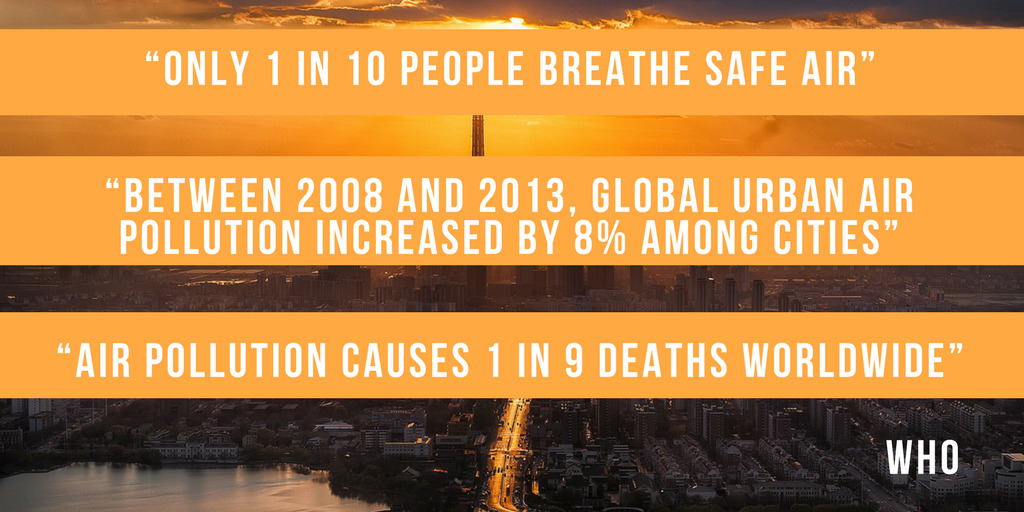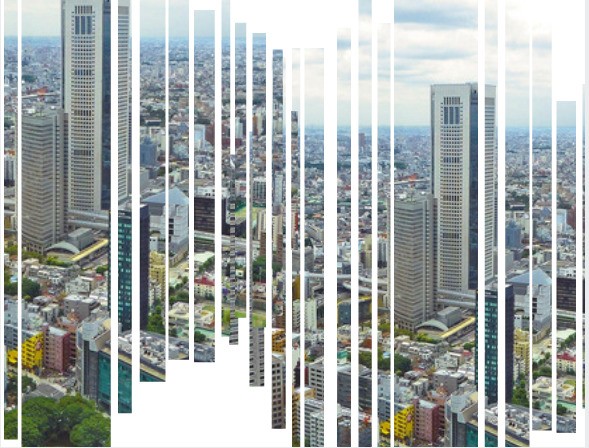Cities across the globe are facing increasing levels of air pollution. Particles so small that we cannot see and gases at ground level, penetrate our bodies affecting us in many ways: cardiovascular diseases, chronic respiratory illnesses, strokes, heart attacks, asthma and many more are all common effects of air pollution.

What can cities do?
WHO’s initiative ‘Breathe Life 2030’ calls for cities to take action in the following areas to reduce air pollution:
- TRANSPORT: does your city have a solid transport system? Are car emissions controlled? Think about…
- Walking and Cycling paths
- Efficient mass transport
- Controlled emission standards
- Soot-free vehicles
Cities that transform into pedestrian & cycle-friendly and with efficient mass transit systems and controlled emissions generate less pollution and are more liveable.
- ENERGY SUPPLY: Cities are big energy consumers, striving for cleaner energy production is key. Think about…
- Renewable power supply
- Diesel replacement
Cleaner energy production will impact positively the air quality in that given city.
- WASTE: proper landfill management can decrease the emission of gases.
- INDUSTRY: industries in and around cities should be strictly controlled for their emissions.
- AGRICULTURE: agricultural areas around cities should be careful with irrigation, reduce open burning and manure management to control emission of gases and particulate matter affecting nearby cities.
- HOUSEHOLD: households should be helped to make sure they use low-emission stoves and fuels, improved lighting and passive building design.
However, the first step is always to understand local air pollution, how does it build up in a city, when and how does it clear up. Each city has different patterns of producing air pollution and different natural ways of dispersing it. Understanding how this interaction happens is essential for any city to take steps to improve air quality.
Monitor, monitor, monitor!
Nowadays cities have a handful of high-end air quality monitoring stations that provide a broad view of air quality in any given city. This information may also be compared or complemented with satellite images. But both options provide general information. In real time, most cities cannot precisely say the pollution levels at block level or intersection level. This is a limitation to understanding local air pollution and to taking precise local measures to improve air quality or to measuring the effectiveness of any given measure.

